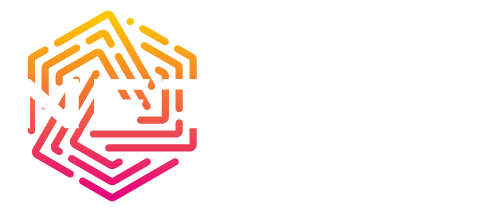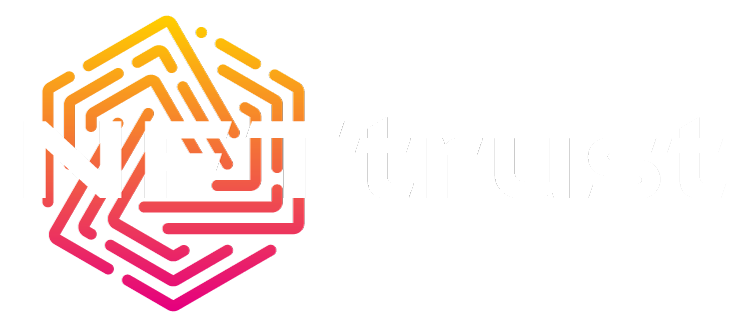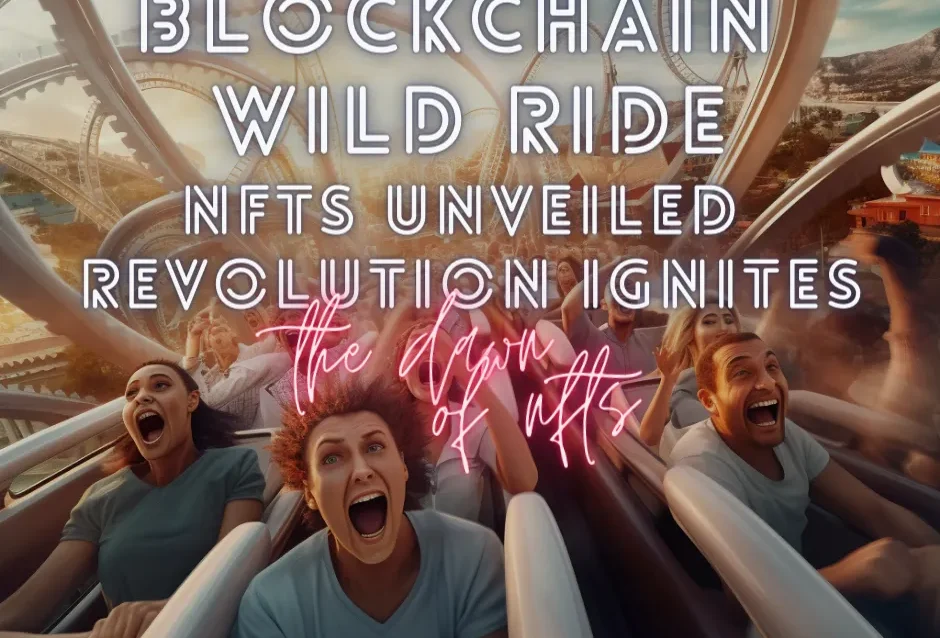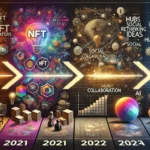The Emergence and Evolution of NFTs: A Game Changer for Digital Assets
Non-Fungible Tokens (NFTs) have introduced a transformative approach to the market for digital assets, effectively acting as digital certificates of authenticity. Each NFT is a unique piece of data stored on a public blockchain ledger that serves as a verifiable proof of ownership for digital assets, whether they are digital artworks, gaming items, music, or even rights such as access to a premise or club.
The advent of NFTs revolutionized the industry, enabling new types of transactions and empowering digital creators to own, monetize, and directly engage with their communities without the need for intermediaries. This was a monumental shift from the past when the sale of digital assets often required third parties acting as agents and was fraught with challenges concerning the clear identification of ownership rights.
The NFT Market Boom and Bust: A Tale of Extreme Volatility
The NFT market has been marked by extreme volatility, with a rapid surge in 2021 followed by a sharp decline in 2022, resulting in growth rates around -90 percent. This “surge-and-collapse” can be attributed to several factors, including deal fever (fear of missing out) and fraud. These elements, combined with a lack of structured information and communication about NFTs, rendered the market susceptible to news-driven volatility and undermined trust.
In late 2021, the number of NFT sales and active wallets reached all-time highs, with NFTs selling for unprecedented prices, sometimes in the millions of USD. However, just a few months later, these figures dropped dramatically, with the number of monthly sales falling by 75 percent and active market wallets declining by 59 percent.
The first quarter of 2023 saw a sharp increase in NFT trading volume, driven by incentives and airdrops from platforms like Blur. However, this was soon followed by a significant drop, with the number of NFT traders plummeting to a 12-month low in April.
Click here, if you want to read the paper The Surge, Collapse, and Future of NFTs written by Dr. Johannes Kotte & Oliver Meyer behind this article.
Click here, if you would like to discuss this topic with us and the community by joining our Discord server.
Market Disruption and Innovation: The Role of Blur and Blue-Chip NFTs
Blur’s innovative approaches to the royalty market, including optional royalty and zero gas fee strategies, disrupted the market, challenging OpenSea’s dominance and appealing to price-sensitive users. This led to a gradual decrease in wash trade and contributed to the overall market volatility.
The end of 2022 ushered in a bear market that impacted the profitability of blue-chip NFTs, further intensifying market fluctuations. Despite this, projects like BAYC and Azuki exhibited strong resilience, with Azuki seeing a 100% increase in its whale population. These ‘whale’ traders, who hold a significant proportion of total wealth within the ecosystem, played a significant role in influencing market fluctuations.
The Future of the NFT Market: Promise Amidst Volatility
Despite the turbulence, the NFT market is on the cusp of its second major cycle. The correlation coefficient between the NFT market and Ethereum (ETH) stands at 0.76, indicating that the NFT market is less volatile than the traditional cryptocurrency market. During periods of ETH price drops, many blue-chip NFTs saw relatively small declines in their dollar-denominated prices.
Over the past two years, the NFT market cap and the number of NFT holders have increased tenfold, suggesting a promising future for growth and adoption. Ethereum remains the predominant Layer-1 for the NFT market.
The NFT market has seen a roller-coaster ride in the past few years, with notable highs and dramatic lows, painting a complex picture of its volatility and potential for future growth. Here’s a restructured take on the topic, integrating the information from the article and the provided text:
I. The Transformative Power of NFTs and The Market Surge
NFTs, or Non-Fungible Tokens, have revolutionized the digital asset market by offering unique ownership and transferability of digital works such as artwork, in-game assets, and more1. This transformative power led to a significant market surge, reaching its peak in late 2021 with an unprecedented number of sales and active wallets1.
II. The NFT Market Collapse and Its Drivers
Despite this initial surge, the market experienced a significant collapse in 2022, with growth rates plummeting to around -90 percent. This collapse was driven by various factors including macroeconomic events, a phenomenon termed as “deal fever,” and the pervasive issue of fraud within the market. The “deal fever” was fueled by a fear of missing out (FOMO) on potential capital gains, while fraud led to a significant reduction in trust in the market.
III. The Volatility and Resilience of the NFT Market
In 2023, the NFT market saw notable fluctuations, driven largely by incentives and innovative strategies from platforms like Blur, leading to a rise and subsequent fall in NFT trading volume2. Despite this volatility, certain projects demonstrated strong resilience, and the market cap and the number of NFT holders grew substantially, indicating the potential for future growth.
IV. The Influence of ‘Whale’ Traders and Wealth Disparity in the NFT Market
The market’s fluctuations were significantly influenced by ‘whale’ traders, or individuals with large amounts of capital, revealing a substantial wealth gap within the ecosystem. Some projects like BAYC and Azuki even saw a 100% increase in their whale population, showcasing the powerful influence of these traders.
V. The Correlation between NFT and Traditional Cryptocurrency Market
The NFT market exhibits a correlation coefficient with Ethereum (ETH) standing at 0.76, indicating that it is less volatile than the traditional cryptocurrency market. Even during periods of ETH price drops, many blue-chip NFTs saw relatively small declines in their dollar-denominated prices.
VI. The Future of the NFT Market: Growth and Adoption
Despite the recent cooling-off phase, the community-driven nature of the NFT market suggests that new concepts and trending topics could ignite the next wave of growth. With a tenfold increase in NFT market cap and the number of NFT holders over the past two years, the future holds promise for further growth and adoption, especially on dominant Layer-1 platforms like Ethereum, Solana, Polygon, and BNB Chain.
VII. A Vibrant, Evolving Ecosystem
Despite its volatility, the NFT market represents a vibrant, evolving ecosystem. It continues to captivate and challenge traders, collectors, and innovators alike, indicating that its volatility is not a sign of decline but an indication of a lively and evolving market.

Oliver Meyer is the founder of ACYC. With a childhood interest in computers and programming, Oliver channeled his passion into a successful entrepreneurial career, founding several companies including PARUG GmbH and fruittune GmbH. Over a decade, he has honed his expertise in software architecture and IT, demonstrating commitment and discipline in every venture.










